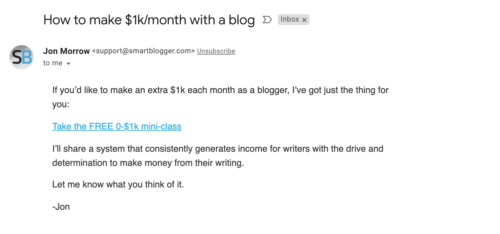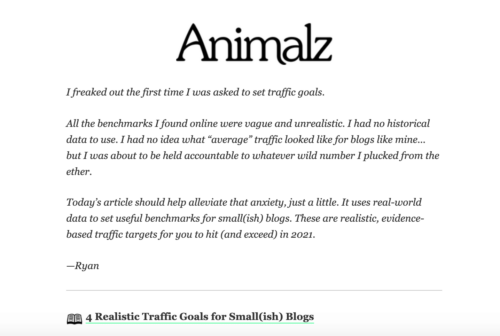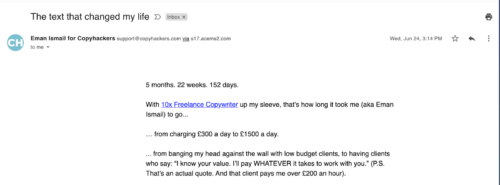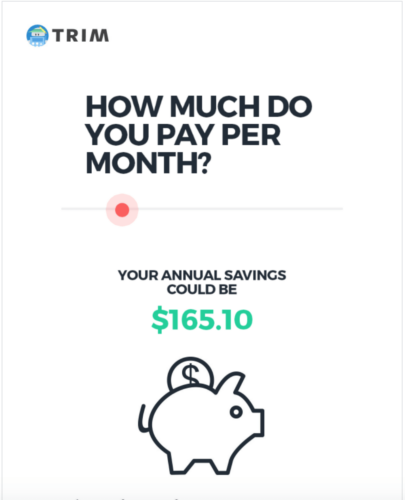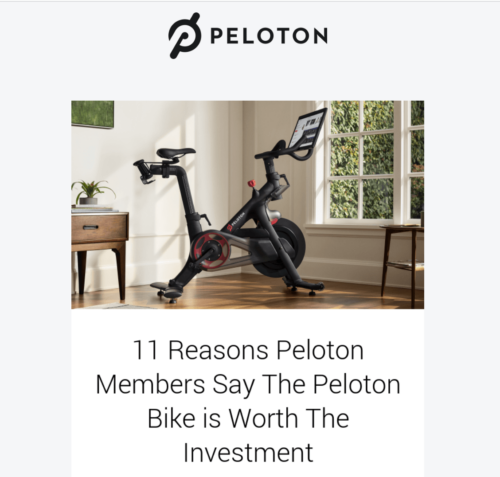Every piece of successful marketing has one thing in common: an irresistible hook. This maxim applies to print ads, TV commercials, billboards, YouTube pre-roll ads, and the opening line of emails. The best stuff always opens with a hook that reaches through the fog of everyday life, demands the audience’s attention, and sets them up for what comes next. Using hooks isn’t just a marketing thing. Films, novels, and other narrative art forms all use some form of attention-grabbing technique to keep people tuned in. Thinking about email marketing hooks, the stakes are a little higher.
We have to win people’s attention away from the stampede of other emails in their inboxes, persuade them we know what they need in their lives, and entice them to take the next step to purchasing.
It’s far from easy, and most marketers do a poor job at it. That’s why it’s critical to master the art of crafting a hook. Once you can write a good hook, your emails will become exponentially more effective.
In this post, we’ll break down how hooks work, analyze some examples of good hooks, and explain how you can create your very own for your email campaigns.
How Hooks Work and Why You Need Them
There’s not enough attention to go around. On Facebook, TV, and email, people are bombarded with advertisements every single day.
That makes your audience highly selective. Like an archer on horseback trying to shoot a moving target, you only have a tiny window to convince someone to give you more of their time.
In an email, this starts with the subject line and preview text. You have to get someone actually to open your email before you can set your hook. This isn’t an article about subject lines and preview text, so let’s assume you’re good at that already.
The first words people read once they open your email are the hook. A hook must be direct, so it’s typically one or two short sentences.
A hook is not a used-car-salesman style pitch with neon letters and explosions in the background. It’s a curiosity-inducing statement that compels the reader to keep reading so they learn more.
Curiosity is a powerful emotion, and it’s one of the defining characteristics of human beings. Our brain is hardwired to explore things we find enticing. That’s why we always click on social media updates, and it’s why people will keep reading your emails if you write good hooks.
A Few Good Examples
Curiosity comes in many colors. My three favorite shades are desire, narrative, and relevance. Here are some examples:
Desire
This one is pretty straightforward: your hook plays up something your audience really wants. That could be a state of being, a particular experience, or a result they achieve with the help of your product.
Here’s an example from copywriter Laura Lopuch, courtesy of her cold emails article on the Copyhackers blog:
“Did you know your website isn’t visible on Google’s First page of search results?”
This is an exceptional hook because it immediately sparks the reader’s curiosity while also playing on their desire for a specific result.
What business owner or marketing professional doesn’t want their website to rank on the first page of Google?
The hook even adds a bit extra by implying the site in question has keywords with high search volume. The next line of copy immediately elaborates on what could be going wrong — further building momentum toward the call to action.
It’s en vogue to say cold emails don’t work, but Laura raked in a 9% positive response rate and grew her business by 1,400% in four months — in large part because she wrote a killer hook.
Here’s another example from Smart Blogger:
This hook is straightforward but effective. Most people getting this email are content writers or aspiring bloggers, so Smart Blogger knows they want to make money authoring content.
The subject line mentions making $1,000 a month, and the hook gets right to the point.
Narrative
Humans are storytelling animals. We interpret the world through stories, and we learn better — and pay more attention — when we’re listening to a fascinating narrative.
With email marketing hooks, you can speak to your audience’s innate fascination with stories by writing hooks that begin a story. If you do this right, this approach can work wonders. People won’t feel like they’re being sold something; they’ll feel like you’re telling them a relevant, interesting story.
The key is to start in the middle. Remember, your window for hooking someone is tiny. So get right to the action. Don’t set the stage; this isn’t Lord of the Rings fan fiction. Here’s an example by Ryan Law from Animalz:
Ryan knows most of his readers are content marketers, and because the main article in the email covers traffic goals, he opens with a short story about his personal experience.
The genius of this hook is that it’s not just a story about Ryan; it’s also a minor trauma that many people in his audience have experienced. Of course, they will keep reading to learn what happened to Ryan and how he learned to set traffic goals.
Notice how there’s no warming-up content, no throat-clearing copy. The story begins at its most riveting moment, and you must keep reading. Here’s another example from Copyhackers (can you tell I like them a lot?):
A surefire way to stoke your readers’ curiosity is to open with a mysterious set of numbers. In a split second, your mind races through a series of questions: “What does this mean?” “Why is it important?” “How do my numbers compare to this?”
Thankfully, the very next line clears things up — a little bit, anyway. Every line builds upon the initial hook by expanding on how Eman went from a struggling copywriter to a baller.
Relevance
A hook can also be compelling purely by speaking to the reader’s interests. (Do I need to include a “relevant to my interests” meme? The temptation is strong.)
Bottling relevance and serving it in your email hooks requires understanding where your customers are at in the customer journey and meeting them there.
This email from Trim nails it.
As a money-saving app, Trim knows people are signing up to improve their savings accounts. So they go all in with a headline-sized hook. Of course, people want to know how much they’re paying a month.
In some cases, answering this question probably becomes the most important thing for that person at the moment, which is precisely what a hook should do.
Here’s another example from Peloton:
If you know anything about this company, you know the product comes with a hefty price.
Peloton clearly knows that, so they’ve led with a hook that directly addresses the objections potential customers weigh in their minds.
Like the Trim example before, Peloton blows the hook and makes it a headline. That’s important to remember because not every email has to be the copy-heavy examples from earlier.
How to find your hook
To consistently write good hooks, you need a process. Here are three steps to follow regardless of what kind of email you’re writing:
1. Know what matters
Everything starts with research. All of the hooks included in this article work because the writers knew what their audience cared about.
They each used that knowledge in different ways with different hooks, but they still had a deep understanding of the pain points and aspirations of their readers.
If you don’t have user research on hand, conduct some surveys, interview some customers, and do whatever you have to get qualitative data directly from your audience.
2. Start with a bang
What’s the single most compelling thing about the topic of your email? What pain point matters most? Or what outcome is most desirable?
Start there. Write three sentences if you have to. Then refine it down to two sentences. Then turn those two sentences into one.
Now you’ve uncovered the essence of your hook. Apply one of the models from earlier (desire, narrative, or relevance), and you’ve probably got a good hook.
3. Ask more questions than answers
Remember curiosity is the name of the game. Good email marketing hooks provide more questions than answers. That’s what keeps people reading.
Writing good hooks isn’t easy, but neither is it impossible. In email marketing, they are the one true key to maintaining your readers’ attention.
Here’s what you do now: get all of your most important emails and do an audit of the opening lines. Are the hooks good? Are there hooks at all? If the answer is no, or “maybe?” then you’ve got yourself some prime opportunities to write some compelling hooks.
Once your email conversion rate goes up, your CMO will thank you.
Author’s bio: Zach is the content manager at Soundstripe, a royalty free music company that provides creators and businesses with music for video.


